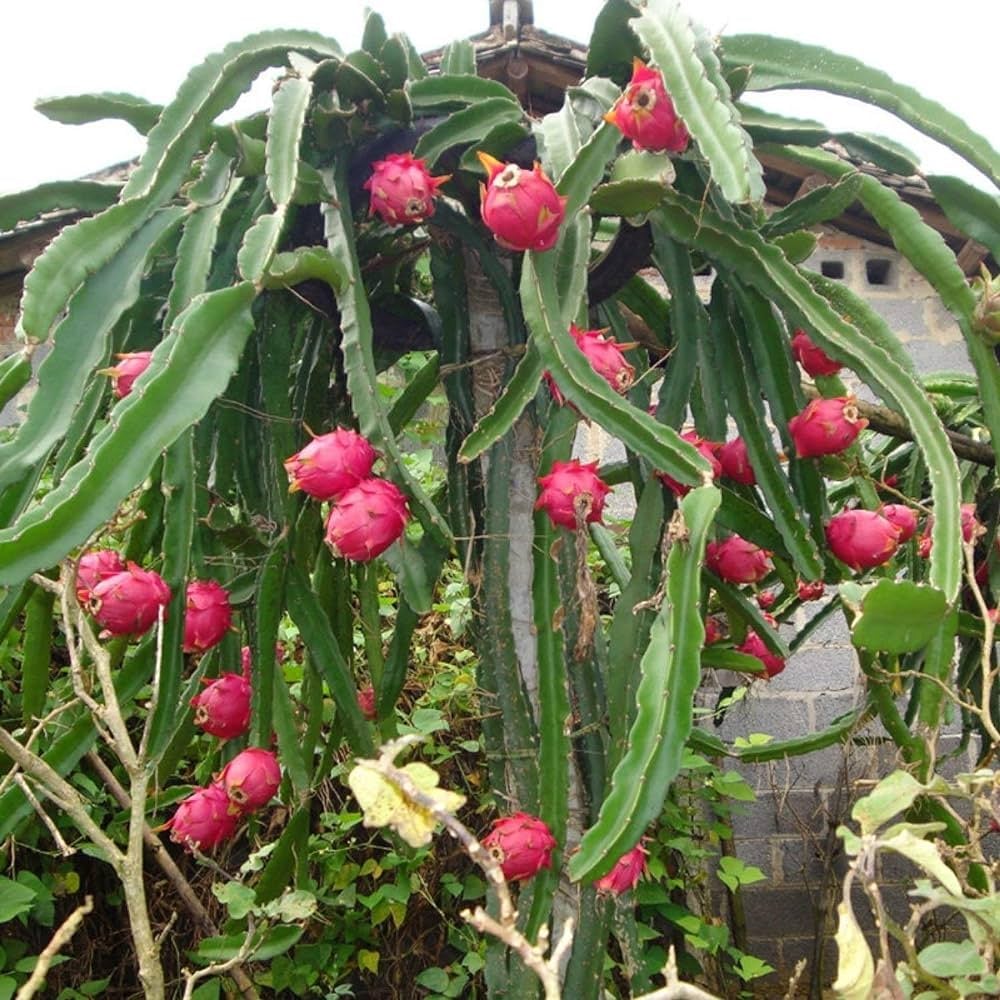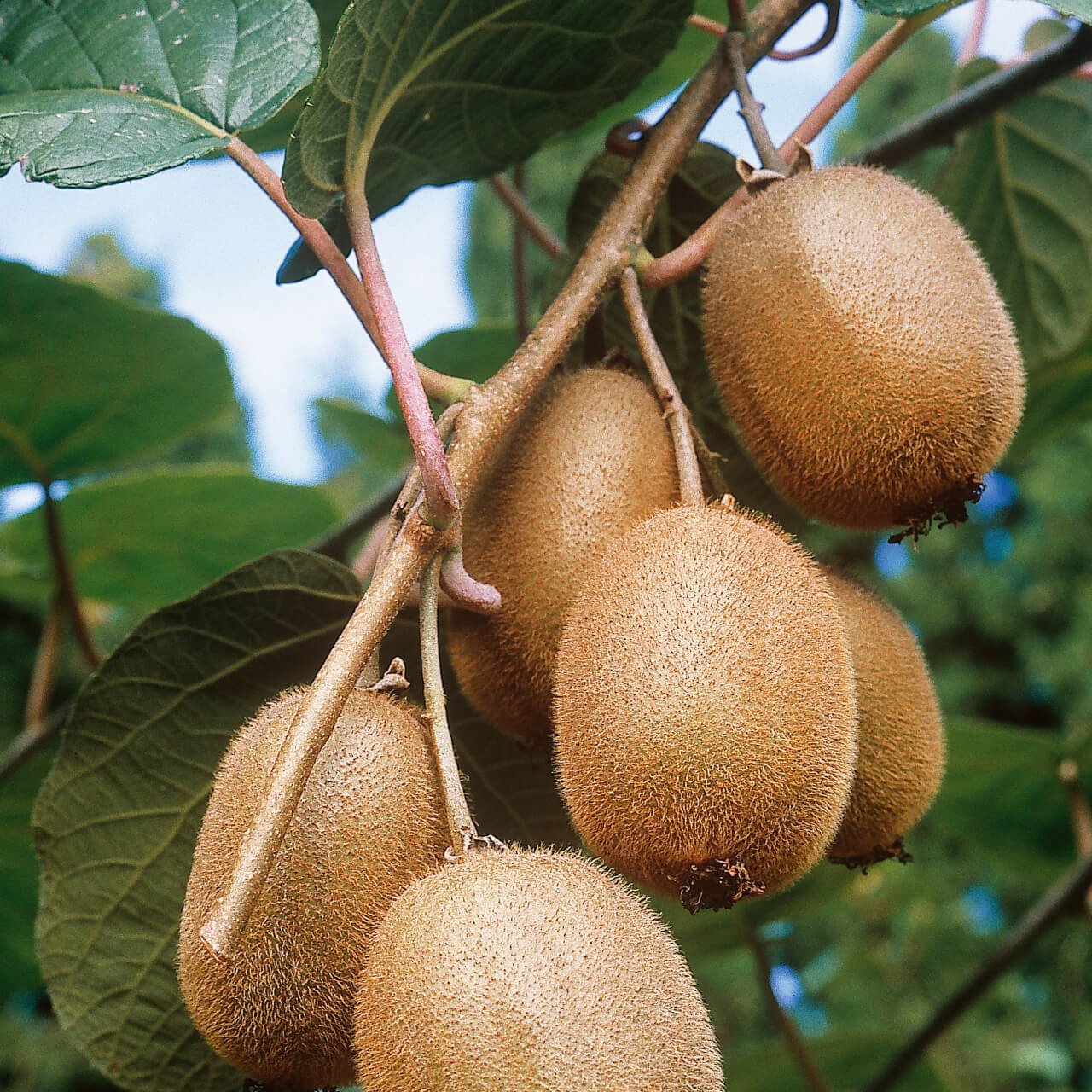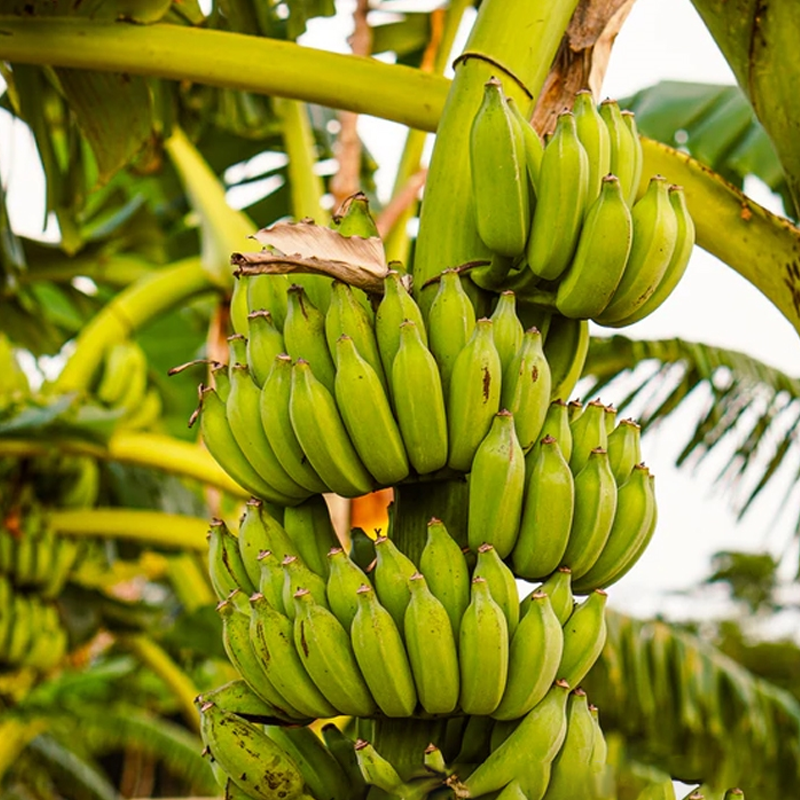

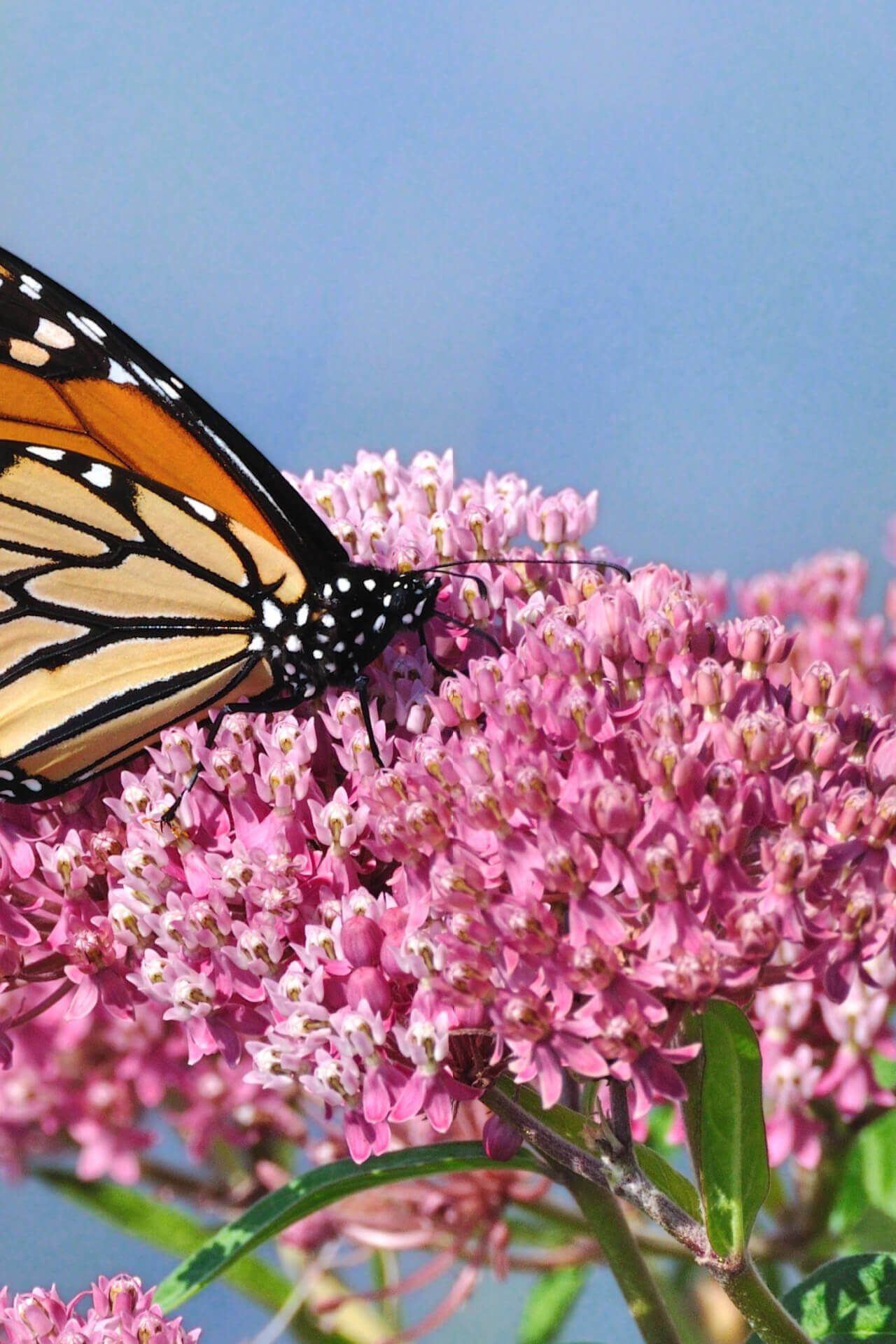

Milkweed Plant
Attracts beautiful monarch butterflies
Provides vital habitat for wildlife
Beneficial for ecosystem balance
Thrives in
ZONE 3ZONE 4ZONE 5ZONE 6ZONE 7ZONE 8ZONE 9This plant ships:
Ships Now (5-7 Days)Milkweed Plant - Asclepias Incarnata
The Milkweed plant is a flowering perennial named for its cardenolide-bearing latex, which benefits butterflies and insects. Monarch butterflies use and require specific species, including Asclepias syriaca and Asclepias incarnata, as host plants.
Genius of The Milkweed Plant
Their genus name, Asclepias, honors Asklepios, the Greek god of medicine. Asclepias contains hundreds of species native to Africa, North America, and South America. Asclepias syriaca and Asclepias incarnata are native to the American continents and common across the central and eastern United States.
The sun-loving Asclepias syriaca grows naturally in fields, prairies, and pastures, while Asclepias incarnata grows along creeks, ponds, and bogs. Both species produce complex blossoms similar to orchids, and their flowers typically bloom from June through August.
Their large, spherical clusters of five-petaled blossoms are at the top of the plant's thick stems. Each Asclepias growth usually carries two to five clusters of flowers. The individual blossoms are about three-quarters of an inch long and emit a strong, sweet fragrance. Asclepias syriaca has greenish-pink to rosy pink blooms, while Asclepias incarnata's flowers tend toward a brighter purplish-pink hue.
Milkweed Plant can grow up to five feet tall
Their thick, bright green leaves are six to eight inches long and two to three-and-one-half inches wide. The upper surfaces of the leaves are darker than their whitish undersides. Asclepias plants form colonies in nature and landscapes and need room to spread out.
Asclepias incarnata is highly ornamental and fairly easily contained, making it well-suited to perennial, butterfly, and pollinator gardens. The plants grow easily from seed and spread as their rhizomes expand.
They can be propagated in the late fall or early spring. Asclepias syriaca and Asclepias incarnata are the food sources for monarch butterflies, beetles, moths, and other insects that evolved to feed on their nectar.
The Ecology of this Powerful Pollinator
In the midwestern and northeastern regions of the United States, their leaves are the most crucial source of nourishment for monarch caterpillars, and their presence helps to fortify and increase monarch populations.
These native plants help keep the monarch population alive. The larvae lay their eggs on the plants to reproduce, making them one of the best pollinator plants on the planet. The plant thrives when planted in low regions with moisture.
In the fall, the plant develops large seed pods, which is how it reproduces and makes new plants from the existing ones. The plant's stalk has a milky, sticky inside residue that is prized and loved by all pollinators.
Milkweed plant has star-shaped purple blooms attract birds, bees, and butterflies, making it an old-world favorite of pollinator way stations and gardens. This plant is often misunderstood as a woodland wildflower when it's a sun-loving perennial that is super hardy almost anywhere you plant it.
This Is How Your Plants Will Look upon Delivery

Bloom Season
Summer
Bloom/Foliage Color
Pink
Height at Maturity
Over 12"
Care
Milkweed plants thrive in well-drained soil and prefer a moderate amount of water. They’re drought-tolerant once established. Prune dead stems in late winter to early spring. They attract pollinators and provide habitat for monarch caterpillars. Avoid over-fertilizing.
Plant Reproduction
In the right conditions, milkweed plants can spread aggressively by runners or by reseeding.
Shipping date depends on the date displayed and chosen when you order from the product's page.
We only accept returns on plants verified dead. If you think your plants have died, we offer a 1 year warranty, please use this File a Claim Link to verify dead plants and start with return warranty process.





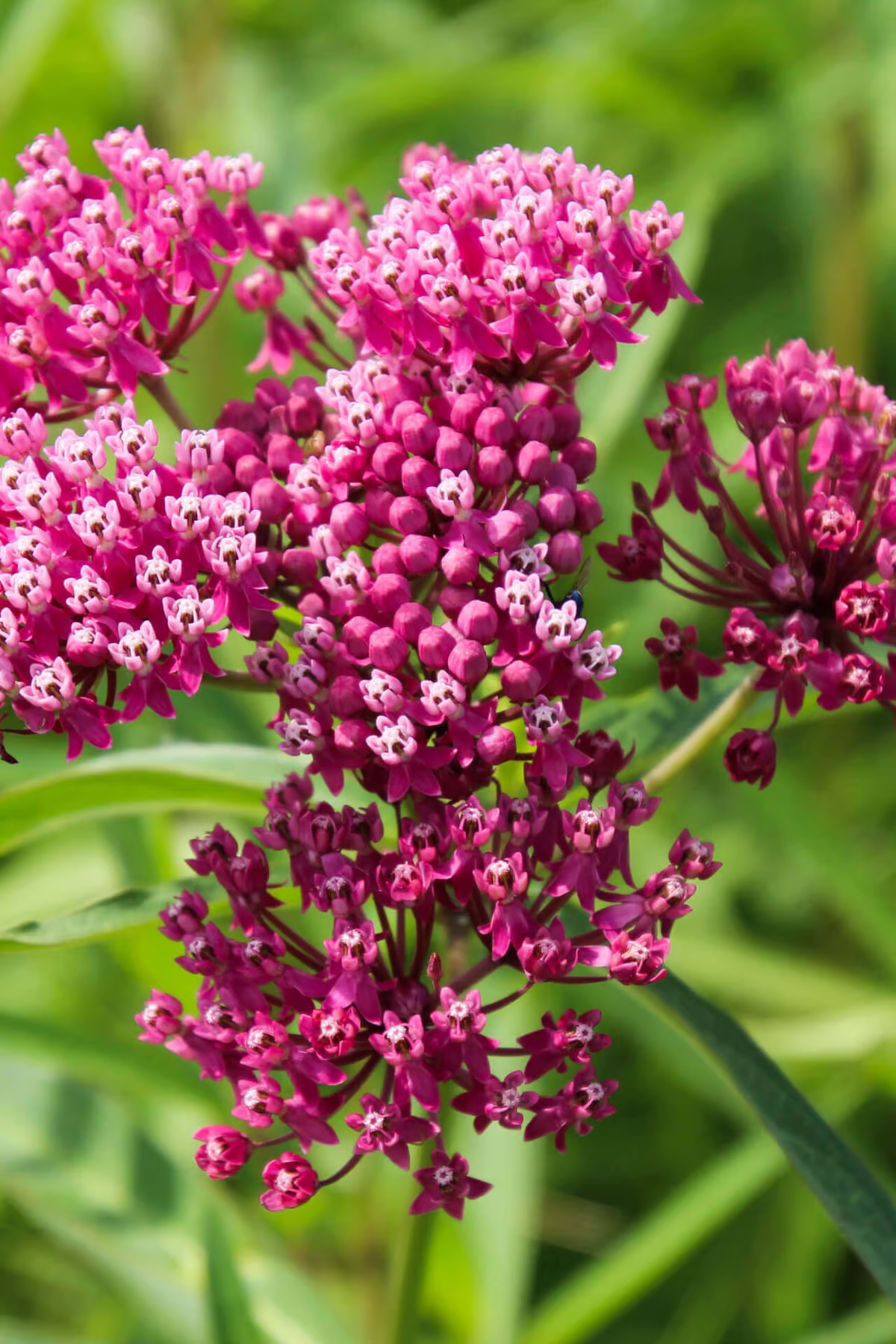
Conserves Native Species:
Supports the conservation of monarchs and other native species, promoting environmental sustainability.
Monarch Butterfly Magnet:
Milkweed attracts and supports monarch butterflies, making it essential for butterfly gardens.
Supports Biodiversity:
Attracts various pollinators, promoting a healthy and diverse garden ecosystem.
Aesthetic Appeal:
Features vibrant pink to mauve flowers, adding striking color and texture to gardens.
Caring Tips
How do I care for my Milkweed Plant?
Each box contains detailed care instructions and information about your product. But here's the basics.
Care Tips
Milkweed plants thrive in well-drained soil and prefer a moderate amount of water. They’re drought-tolerant once established. Prune dead stems in late winter to early spring. They attract pollinators and provide habitat for monarch caterpillars. Avoid over-fertilizing.
Light Requirements
Milkweed plants thrive in full sun, requiring at least 6-8 hours of direct sunlight daily. They prefer bright, sunny locations with well-draining soil, promoting robust growth and attracting pollinators such as monarch butterflies.
Hardy Planting Zones
3 • 4 • 5 • 6 • 7 • 8 • 9
Header
Use this content to share information about your store and products.
Frequently Asked Questions
How often should I water my plants?
How do I know if my plant is getting too much or too little sunlight?
What should I do to prepare my plants for winter?
What are the signs that my plant needs fertilizing?
How can I prevent pests from damaging my plants?
How do I choose the right plant for my climate zone?



